I enjoy making paint. It’s messy and childlike, and can also seem like alchemy. I don’t make it a strict or scientific affair, it’s more a case of going by feel, the kind of approach I expect an experienced baker takes with a batch of cookies or wholesome loaf of bread.
But why would you bother making your own paint?
If your sensitivity lies with the environment then that gives you one reason. Modern paints are basically plastic, so they’re non-renewable, require high amounts of energy for the complex manufacture, and produce lots of bad waste.
Or if you’re conscious of your health and wellbeing, then modern synthetic paints aren’t the best choice here either. This is obvious when you open up the can and the stink hits you like a tonne of bricks, but think of all the painted surfaces around you and consider that synthetic VOCs leach out in to the room even five years after the paint was applied.
So it’s all very green and healthy to knock up your own paint, but is it practical?
Plastic based paints provide a wonderful sealed layer over a surface and dry quickly, so they have the upper hand when it comes to convenience. They can be very durable and wipe clean easily.
But this is also a huge disadvantage, because sealing a surface in this way isn’t usually good for the material below.

This is particularly true when painting wood, which is always wanting to move about, and release and take on moisture.
What this means is that synthetic paints can crack quite quickly when applied on to wood, while natural paints tend to remain somewhat flexible, and can move with it.
Synthetic paints will also trap moisture underneath them which can lead to blistering. Natural paints are microporous, so the wood can continue to breathe as normal.
In the short term the plastic coating will seem like the low maintenance, durable option, but it can actually look bad pretty quickly. When it does you’ll need to hassle yourself with the chore of scraping it all back to fresh wood, before recoating.
Natural paints can look good for decades, and because they can breathe, freshening them up is just a case of wiping down and recoating over the old stuff. There are many varieties though and some require considerations such as mildew to protect against in certain circumstances. As a whole though they are practical as well as green.
But since you can buy many natural paints, I still haven’t given you a reason to go make them. Perhaps it could be because they are expensive, difficult to buy locally, or don’t offer the colour you’d like. Personally though, I just like alchemy.
I’ve got a lot of paint to be making soon, so I’ll be sharing some recipes with you.
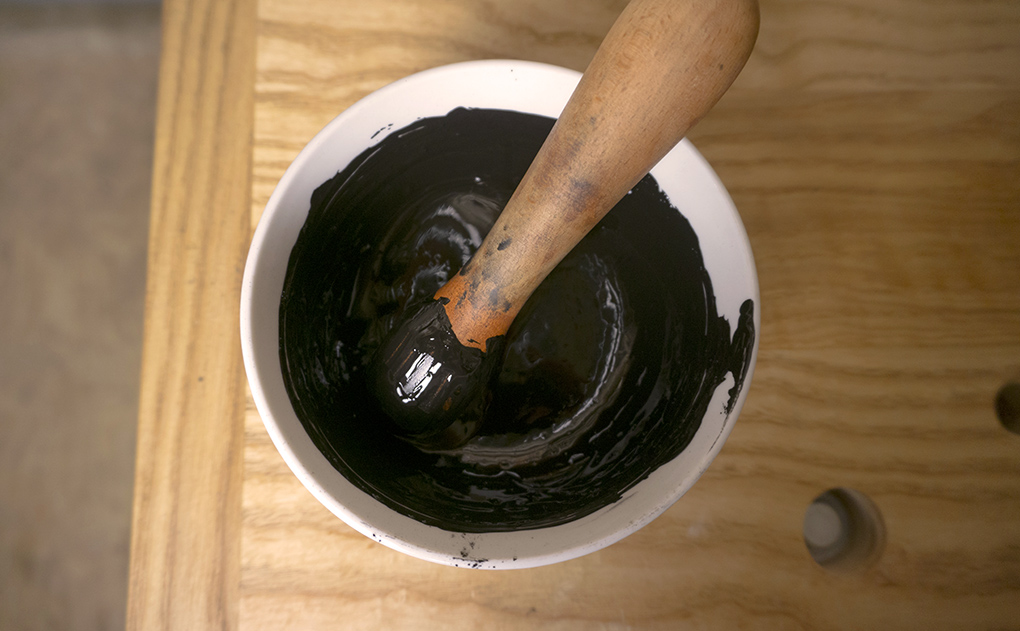

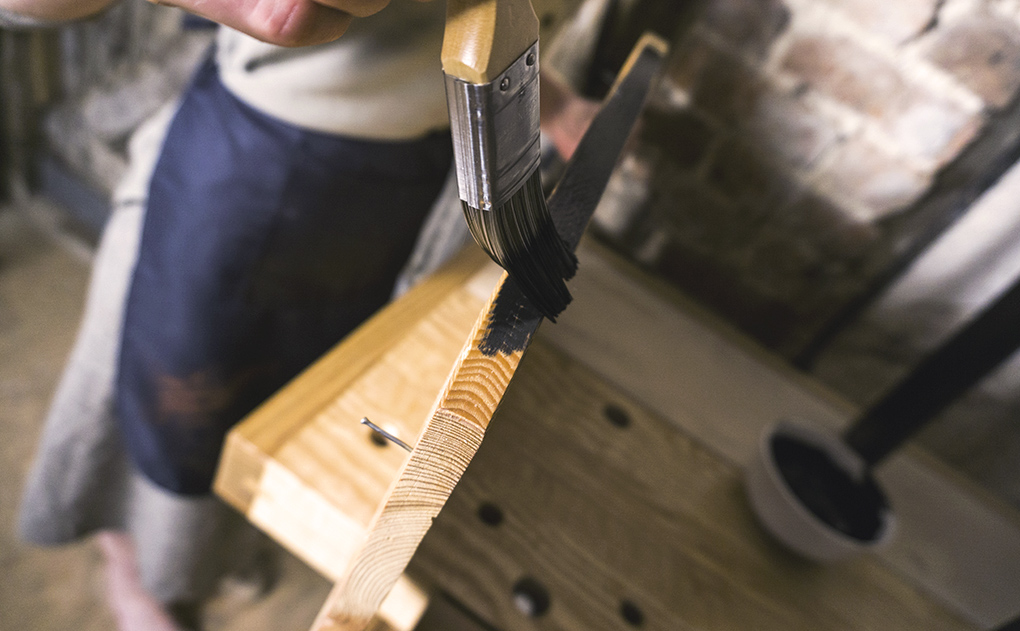
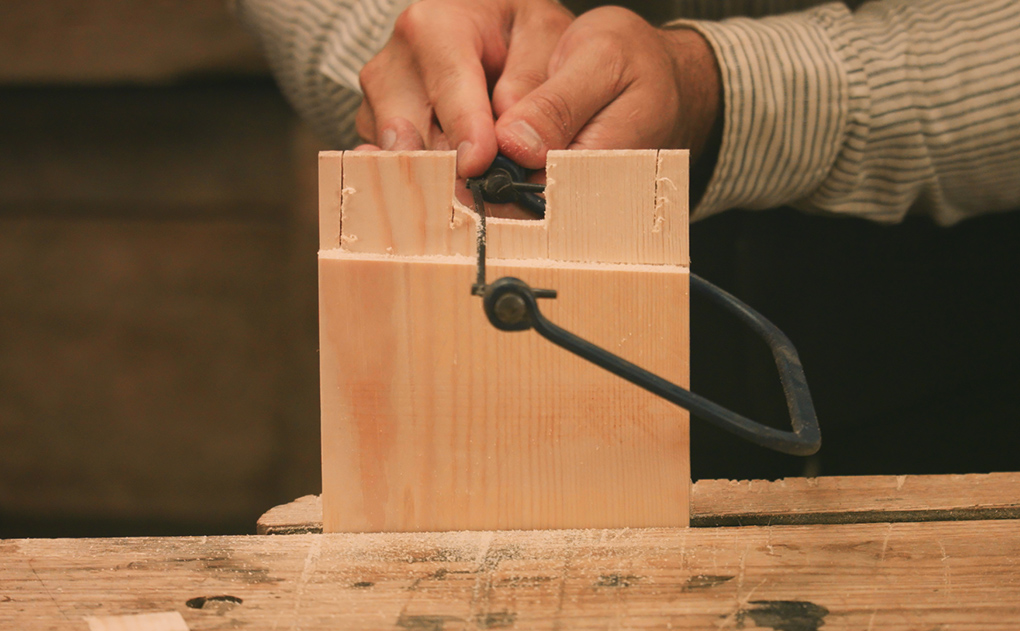
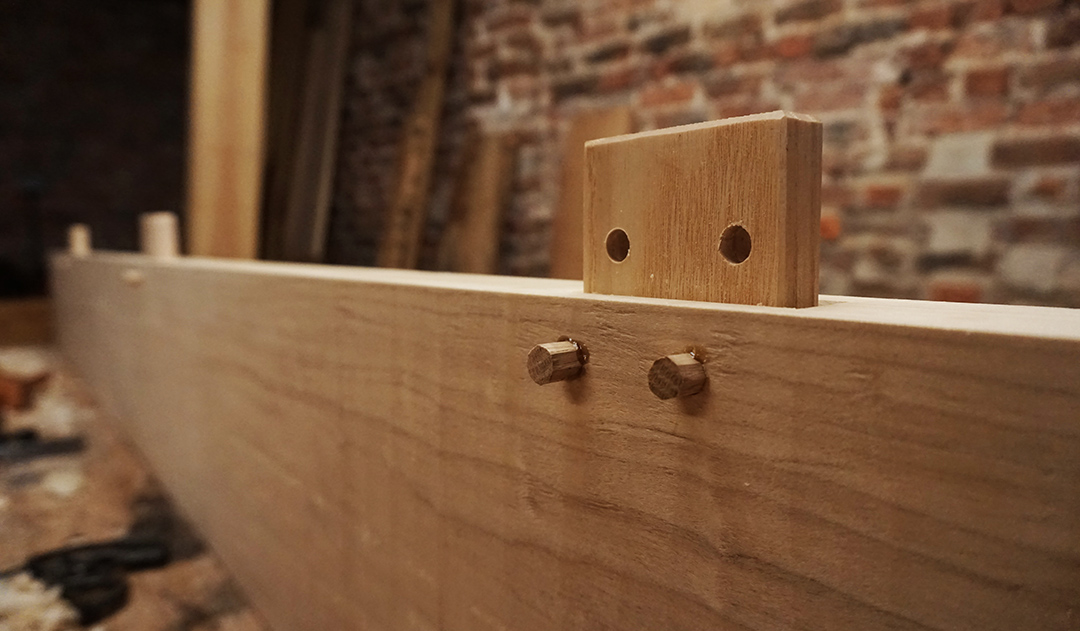

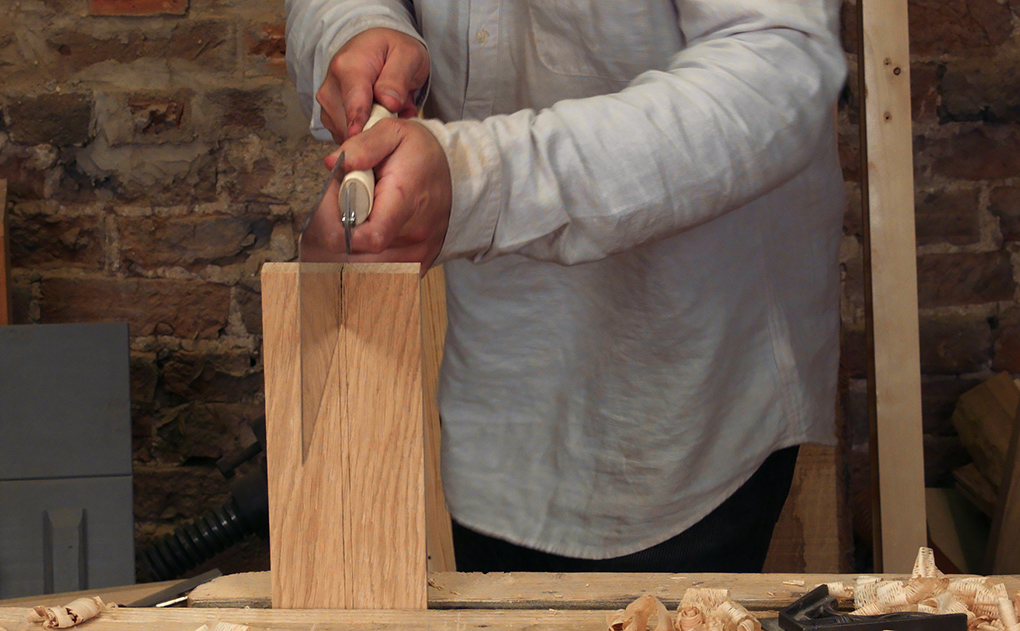
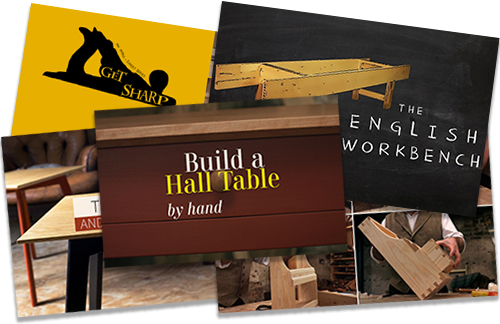
Really looking forward to it! I don’t paint a lot of things, but just as I tend to stick to the least toxic finishes, I really prefer my paints and stains to be as natural as possible too.
I’ve had good luck with milk paint (I bought the Miss Mustard’s powder here in the US), which I wouldn’t call cheap, but seems reasonable for the quantities I use. I do worry a little about the longevity of the unmixed powder, as I’m told it’ll eventually spoil.
At any rate, I tend to be a “first principles” type of guy, so I’m very eager to learn more about home brewing paint on demand.
Hurrah! and just in time for the windsor chair I am “almost” ready to glue up & finish.
Do you have any recommendations on brands for natural paint? I am just finishing up a toy for my kiddo and was wanting to paint it. Most paints are not good for kids though.
Hi,
You might like to try this web site for natural paints
https://www.lime.org.uk/products/wood-and-metal-work-paints/
Also for toys look into milk paint which is the paint used on most Victorian furniture and is child safe as long as you use non-toxin pigments.
http://www.beautifullyboho.co.uk/miss-mustard-seed-milk-paint/
Helen, I thought I was the only lunatic mad enough to make paint! It’s messy, time consuming, laborious and frustrating! Good, isn’t it? I look forward to reading about your experiences.
Mark
Perfect timing for me also as I was going making paint later this year based on linseed oil and after much research (three hours on Google) I think I got the basics. Looking forward to this Richard
Playful painting is a good thing.
I’m afraid in my area it is harder to buy “a wholesome loaf of bread” than healthy paint. So I don’t make my own paint, but I do use my oven now and then.
[advertisement] I like Ottosson paint. It is thick and needs lots of extra oil, which makes it less-than-expensive. They have enough colours.
Big problem: damp, cold, dark workshop half of the year. Oils won’t dry. Acrylics are just too practical.
Lots to look forward to! The paint making…the frame saw… the planes…
This hits a nerve with me. Can’t wait for the next installment.
Looking forward to the next instalment, this will be a good edition to skills my 7 year old and me are learning together.
I am looking forward to your recipes as well. I love the idea of making something natural from start to finish(pun intended ) I already make my own furniture wax thanks to Christopher Schwarz 🙂
A nice thing to be experimenting with.
For clay plaster I mix my own basecoat with egg, linseed oil, water and clay. Very cheap, and very beautiful result, but I’ve yet to extend my repertoire to other colors than brown.
They say egg-oil tempera works very well on wood as well.
Looking forward to read about your experiments. Good luck!
This sounds like a very good tutorial coming up ! Living out here in the bush this is a very useful skill to have, especially as the texture it will give will fit in nicely with a 300 year old house, paint is very difficult and expensive to buy in rural France, so this will offer a very good option.
hi all, pls i have interest in the materials to make paint mostly emulsion paint. please any one in the house, planning to paint my new apartment. email: joeabidakun@gmail.com
Did I miss the post on making paint?
I don’t mean to come across as ungrateful or rude, because I adore and appreciate all the content you two make Richard and Helen; both the premium videos and the YouTube free stuff. However, I would love to know when this paint article or video will come out. Is there any way that you can let us know?
I am also interested in making my own paint, so I look forward to the paint making video series.
Still haven’t made the paint huh?
+1 am very interested in making paint!